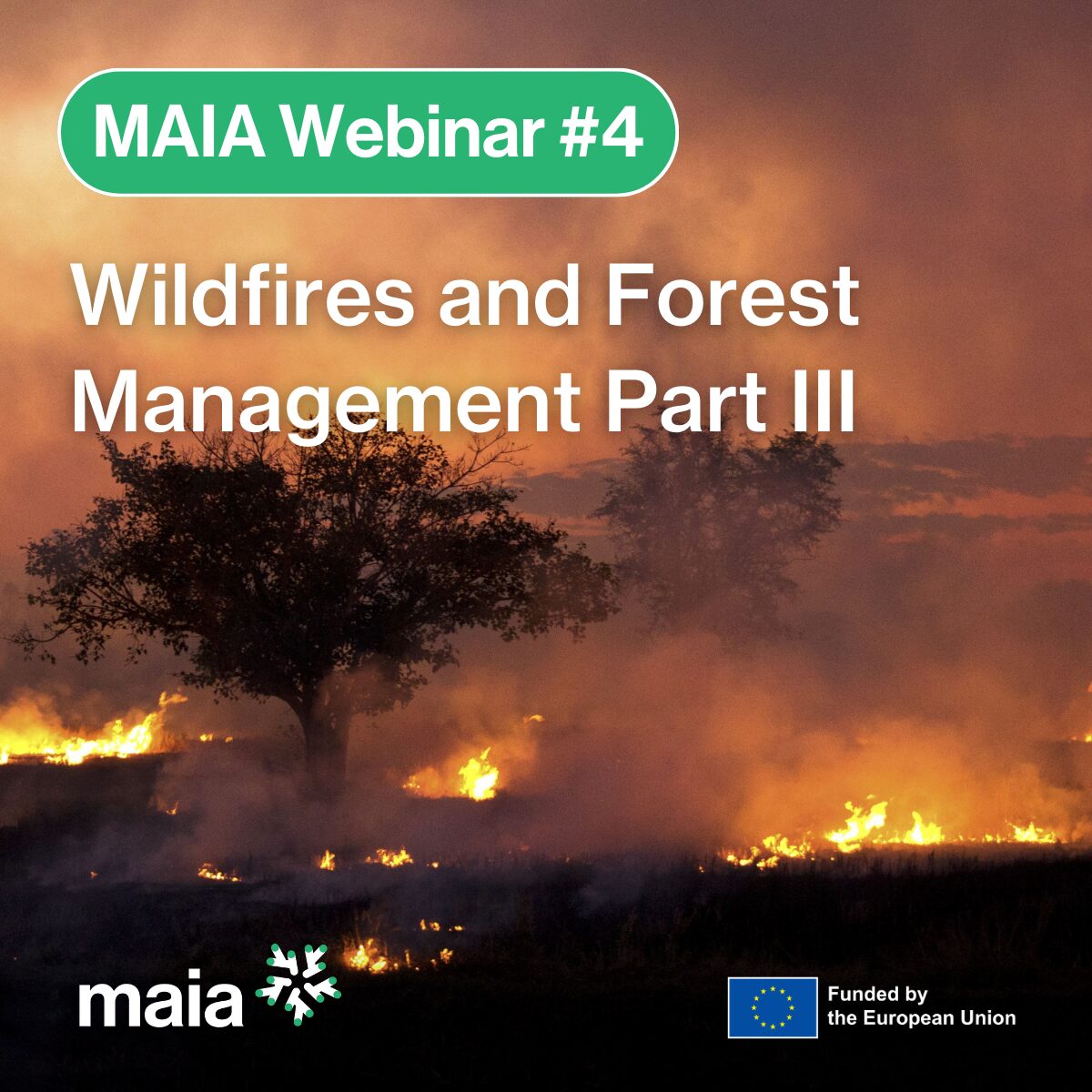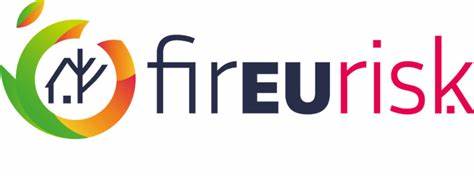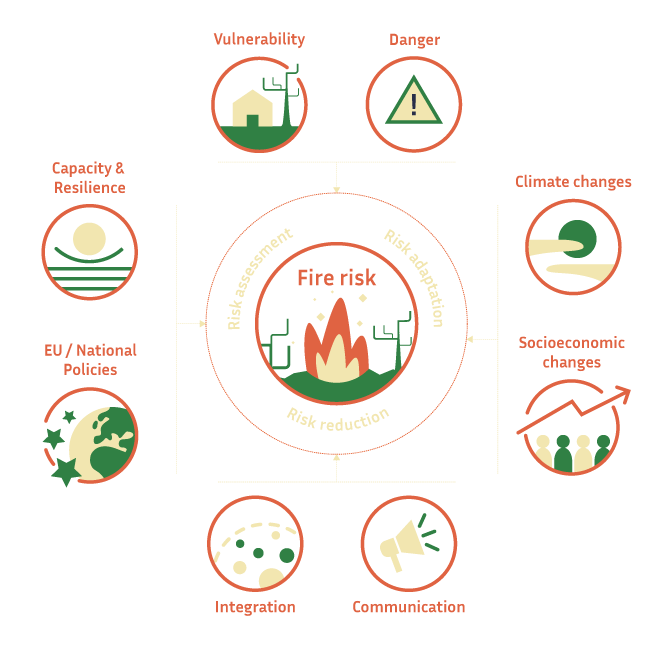Lessons Learned from webinar “Wildfires and Forest Management (III)”

About the Webinar
Watch this video below to find out more about the webinar:
In the MAIA Webinar: Wildfires and Forest Management Part III, we had the pleasure to hear the activities of the EU projects SUPERB and firEUrisk, as well as a study on Wildfires in Europe: Burned soils require attention
Read below what we learned from this webinar
EU project SUPERB stands for Upscalling Forest Restoration and was presented by Christophe Orazio.
DEMOS AREAS of the project:
- Aquitaine, France
- Castille and Leon, Spain
- Coppice forests, Serbia
- Croatian & Serbian border river floodplain
- Făgăraș mountains, Romania
- Nordsjælland and Thy, Denmark
- North Rhine-Westphalia, Germany
- Po Valley, Italy
- Queen Elizabeth Forest Park, Scotland
- Southern Netherlands
- Vindelälven-Juhttatahkka UNESCO Biosphere reserve, Sweden
- Vysočina and North Moravia, Czech Republic

At FirEUrisk, they are harmonizing and upgrading current European strategies by including the socio-economic circumstances that affect the occurrence of extreme wildfires as well as the biophysical conditions, such as vegetation and climate. This mix of perspectives allows a better understanding of how vulnerable communities are to wildfires and which are the best practices to adapt.
From evaluation to mitigation, the project looks into risk from different perspectives (see figure below):

Assessment FirEUrisk appraise the location, intensity, frequency and probability of fires. They evaluate fire danger and the exposure and vulnerability to fires in different areas, and the effects of fires on people, property, ecosystems and the environment.
Reduction FirEUrisk studies the drivers for human-caused fire ignitions, revises land management strategies to understand how they affect wildfire risk, and develops tools for predicting how extreme fires behave and spread.
Adaptation FirEUrisk creates scenarios of how changes in climate, population and land use affect fire risk conditions. We aim to improve the prevention of and preparedness for fires, especially in areas where fires will become more regular in the future.
Wildfires affect societies at large, which is why FirEUrisk wants its solutions to be useful and available to as many people as possible. Their consortium brings together researchers, policy-makers, forest and fire managers, civil protection and weather services, companies and NGOs. A total of 38 international partners for a multi-perspective strategy.
2. SUPERB With 36 partners in 16 countries, led by the European Forest Institute and co-coordinated by Wageningen Environmental Research, SUPERB aims to restore thousands of hectares of forest landscape across Europe. To implement this, we will link practical and scientific knowledge to be synergistically transformed into action and create an enabling environment for future-oriented forest restoration, including required adaptation measures (=prestoration) at different scales.
3. A study on Wildfires in Europe: A soil erosion assessment following the 2017’s wildfires at the European scale, including an analysis of vegetation recovery and soil erosion mitigation potential.
This study indicated a sharp increase in soil losses in the first post-fire year when compared to unburned conditions, resulting in 44 million Mg additional soil losses over a period of five years.
Additionally, the authors observed that 46% of the burned area presented no signs of full recovery, whereas mitigation could attenuate these impacts by 63–77%, reducing soil erosion to background levels by the 4th post-fire year.
This work highlights limited actions towards the prevention of additional impacts from wildfires within EU soils. The potential reasons are either, that few actions were taken, or such actions did not result in a significant recovery increase. This aspect is particularly relevant not only when preventing additional soil losses per se, but also when the transport of sediments (soil and ash) from recently burned areas affect important downstream values-at-risk such as water uptake points, or trigger destructive debris flows events that may damage infrastructures downstream of the burned area, which likely result in additional economic burden.
Additionally, the application of post-fire mitigation measures should be the norm. The results from this study reveal a significant potential reduction on soil erosion rates following the application of the most efficient mitigation treatments available.
The results from this study reveal a significant potential reduction on soil erosion rates following the application of the most efficient mitigation treatments available.

Comments
There is no content